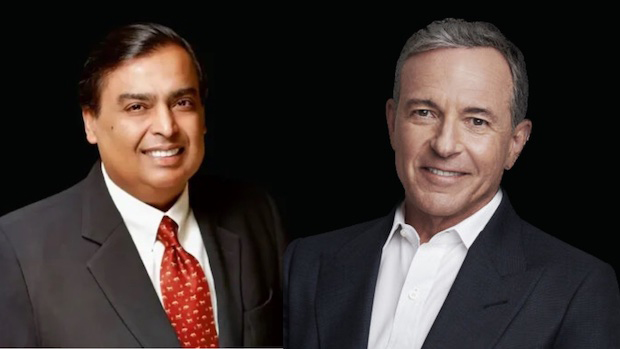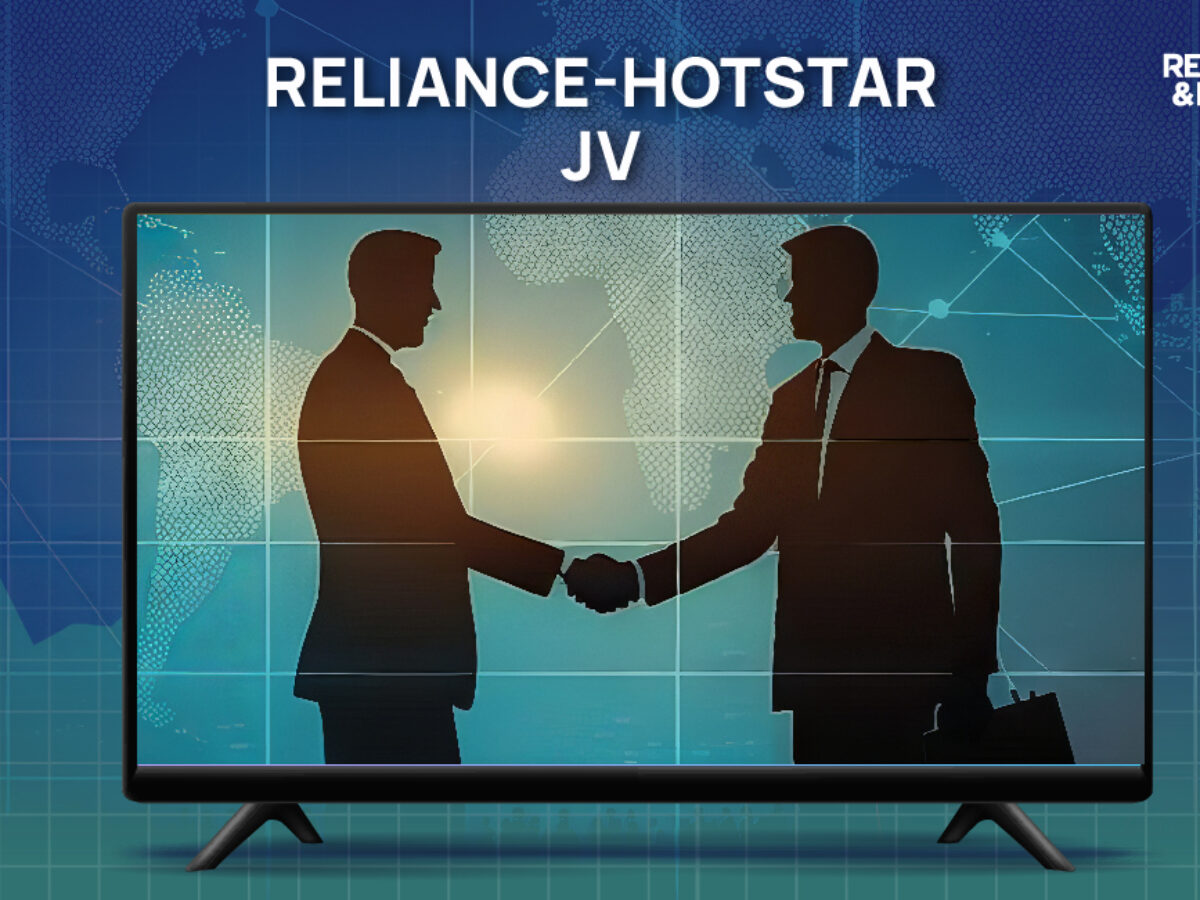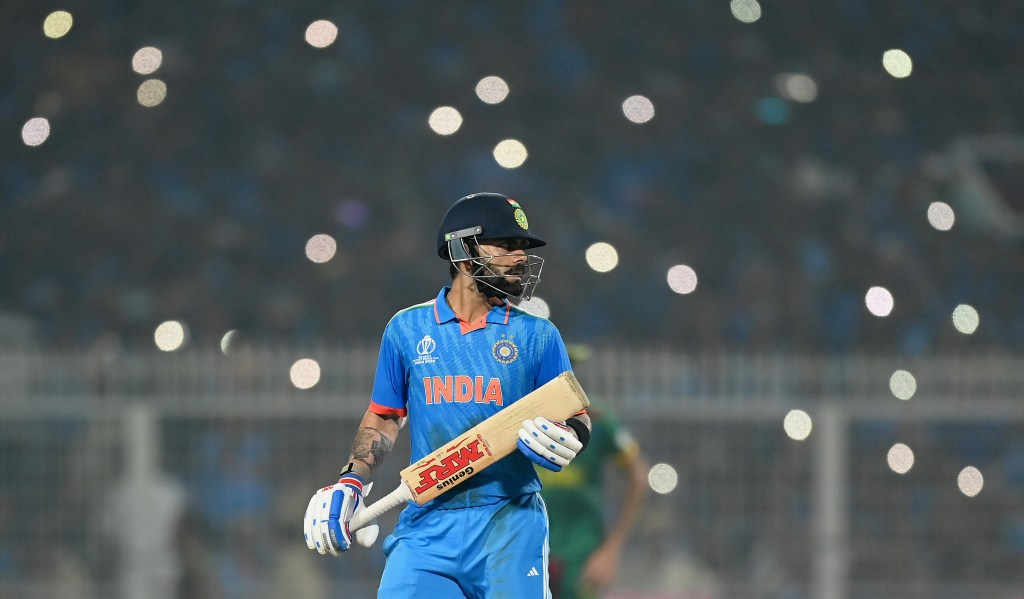CCI Heat On Viacom18-Star Merger Owing To Antitrust Storms Over Grip On Cricket; Will The Merger Go Down The ZEE-Sony Debacle?
The proposed mega-merger between Viacom18 and Star India has stirred significant interest in the media and entertainment industry. However, legal experts are cautioning that the merger is likely to face heightened scrutiny from the Competition Commission of India (CCI) due to concerns over its potential impact on market competition. Antitrust worries are focused on the combined entity's formidable market power, particularly in areas such as cricket broadcast rights, TV broadcasting, and streaming services. With cricket holding a core status in India and commanding massive viewership, concerns have been raised regarding the combined entity's dominance in this arena.

Just as the market opened to the idea of the proposed mega-merger between Viacom18, owned by Reliance Industries, and Star India, owned by Walt Disney, particularly after the ZEE-Sony fiasco, all may not be as simple as it seemed.
Legal experts suggest that the proposed mega-merger is likely to face increased scrutiny from the Competition Commission of India (CCI) due to its potential impact on the media and entertainment sector.
Antitrust concerns are being raised regarding the merger of Walt Disney’s and Reliance’s media assets in India, particularly regarding their substantial market power.
Lawyers are highlighting worries that the combined entity’s extensive portfolio of cricket broadcast rights could affect advertisers. Hence, it is likely that the Competition Commission might examine the merged entity’s market share in both television and streaming segments, given their dominant presence in these areas.

The Grass Is Not As Green
Drawing comparisons with the CCI’s conditions for the Sony-Zee merger, legal experts speculate that Star and Viacom18 may be required to divest channels in categories where their market shares exceed acceptable thresholds.
The CCI had previously granted conditional approval to the Sony-Zee merger by mandating the closure of three channels. Typically, the CCI conducts thorough investigations if the combined market shares of merging parties surpass 40-50% in any market.
In the TV broadcasting segment, market estimates suggest that the Star-Viacom18 combination commands over 40% viewership share at the network level.
Star alone holds more than 30% of the market share, while Viacom18 holds over 10%. Hence, the combined entity dominates the live sports segment, holding exclusive rights to events like the Indian Premier League (IPL) and the International Cricket Council (ICC) matches.
Moreover, they possess media rights to various cricket boards and other sports leagues. Thus, legal experts are emphasizing the need for heightened scrutiny by the CCI, especially considering the significant market share this merger would attain, particularly in cricket broadcasting.
Again, in certain genres like Hindi and Marathi, the combined entity would have an unmatched market share of over 50% in TV broadcasting; they also hold substantial viewership shares in markets like Bengali and Kannada.
When it comes to the realm of streaming, Disney+ Hotstar leads as India’s largest platform with 38 million subscribers, surpassing competitors like Netflix and Prime Video.
JioCinema has also emerged as a strong player, benefitting from free streaming of popular events such as IPL and Bigg Boss.

What Is Likely To Happen
Vaibhav Choukse, Partner and Head of Practice at JSA Advocates and Solicitors, predicts that the deal will likely undergo a detailed Phase II investigation by the CCI due to the parties’ strong presence in the broadcasting sector.
The assessment will also focus on the merged entity’s ability to increase advertising rates and its bargaining power with downstream players.
Shreevardhan Sinha, Senior Partner at Desai & Diwanji law firm, suggests that the proposed merger may require divestment of assets, particularly TV channels, to address concerns about market dominance.
He points out that the CCI previously identified the supply of TV channels as a relevant market segment, particularly emphasizing general entertainment channels, during its review of the failed Sony-Zee merger in 2022.

Grip Over Cricket Raises Antitrust Concerns
Cricket, often described as a religion in India, commands an unparalleled fervour among fans who idolize players as deities.
Hence, in cricket-crazed nation, companies vie fiercely for broadcast rights, investing billions of dollars in advertisements to attract consumers to their platforms.
The proposed merger between Walt Disney’s and Reliance’s media assets in India has ignited concerns over potential antitrust implications, particularly regarding the combined entity’s significant hold on cricket broadcast rights, which could impact advertisers.
The anticipated $8.5 billion merger between Disney and Reliance would catapult them to the forefront of India’s television, creating the country’s leading TV player, boasting 120 channels. At the same time, the closest competitor, Zee, trails far behind with just 50 channels.
Analysts at India’s Ambit Capital project that the majority-owned entity by billionaire Mukesh Ambani’s Reliance would command a substantial 35% share of India’s TV viewership.
Disney currently holds the broadcast rights for the Indian Premier League (IPL), one of the world’s most valuable cricket tournaments, along with the TV and streaming rights for matches organized by the International Cricket Council (ICC).
Meanwhile, Reliance possesses streaming rights for IPL matches and exclusive rights from the Indian Cricket Board for all matches.
Therefore, the potential merger of Disney and Reliance in the media, particularly in cricket, has raised regulatory eyebrows, with concerns ranging from potential dominance to absolute control over the sport necessitating a more rigorous examination by antitrust authorities.
To put it into perspective – the significant spending in India’s sports industry, which reached $1.7 billion in 2022, with cricket accounting for 85% of sponsorship, endorsement, and media spending.
The Respective Responses
As the companies prepare to seek approvals from the Competition Commission of India (CCI) in the coming weeks, the merger’s scrutiny looms large.
While a senior Disney source remains optimistic about the deal’s clearance, several antitrust attorneys anticipate challenges due to the combined entity’s stronghold on cricket – Jefferies, in a note, spotlights the Disney-Reliance entity’s dominance in cricketing rights in India, coupled with its substantial 40% share of the advertising market across TV and streaming platforms, positioning it for enhanced ad inventory monetization.
The intense rivalry between Disney and Reliance in cricket emphasises the competition preceding the merger.
Reliance’s recent offer of free live streaming of IPL matches, followed by Disney’s provision of free streaming for the cricket World Cup on mobile devices, reflects the fierce battle for market dominance.
Antitrust authorities will also scrutinize the combined entity’s dominance in the TV broadcasting sphere.
)
The Viewpoint
A CCI document from 2022, which shows the approval for the Zee-Sony merger, indicates that a Disney-Reliance amalgamation back then would have commanded a substantial market share, particularly in regional language channels like Marathi and Bengali.
The proposed merger between Walt Disney’s and Reliance’s media assets undoubtedly has the potential to create a media giant with substantial market power – by combining their resources, the merged entity would possess an extensive portfolio of channels, streaming platforms, and content rights, giving them a significant advantage in the industry.
However, whether this would result in a monopoly depends on how competition evolves in the market. While it is true that the combined entity would certainly wield considerable influence, there are still other players in the media and entertainment industry, albeit with smaller market shares.
Hence, regulatory scrutiny from authorities like the Competition Commission of India (CCI) may impose conditions or restrictions to mitigate monopolistic tendencies.
Nevertheless, the concentration of power in the hands of a few major players could potentially harm the media and entertainment industry.
A dominant entity may have the leverage to dictate terms to advertisers, content creators, and distribution platforms, leading to reduced competition and innovation, which could ultimately limit consumer choice, stifle creativity, and hamper the diversity of voices and perspectives in the media sector.
Therefore, while the merger has the potential to create a media giant, regulatory authorities must carefully assess the merger’s implications and take measures to safeguard fair competition and consumer interests in the media and entertainment sector.




